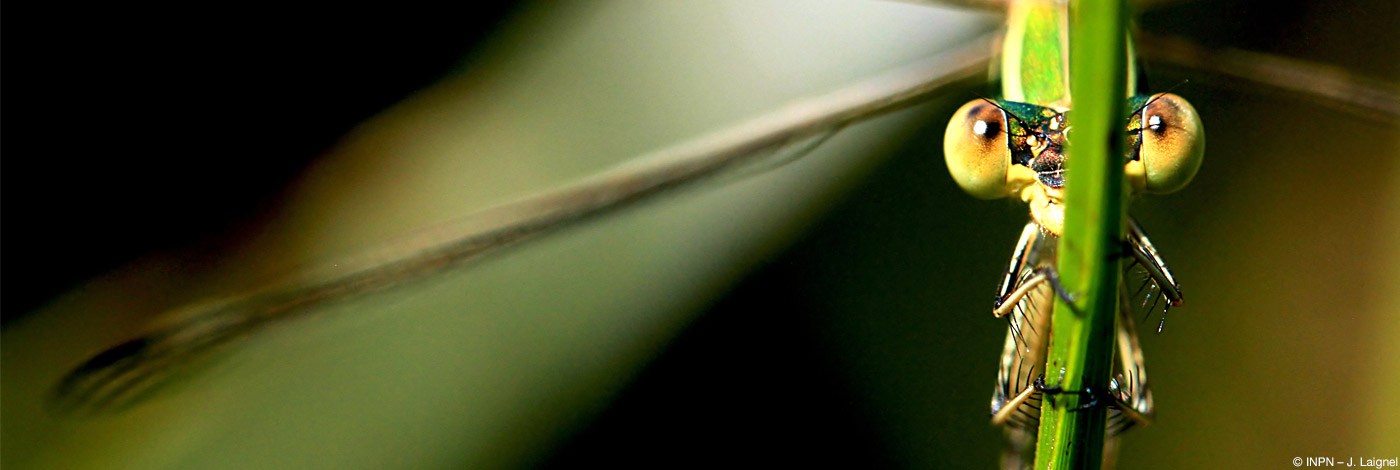

 Naturae
2024 (14) - Pages 273-305
Naturae
2024 (14) - Pages 273-305Amphibians are the class of vertebrates declining the most on Earth. The causes of these declines include climate change, habitat destruction, pollution and emerging infectious diseases. Monitoring amphibian populations often requires human interventions in their natural habitat (usually including wetlands), sometimes involving the manipulation of individuals. These interventions can have deleterious consequences in terms of both animal welfare and health, given the non-negligible risks of anthropogenic propagation of infectious agents to amphibians or other organisms inhabiting the same environments. Operators are also at risk of contracting a zoonosis or a disease with an environmental water reservoir (e.g., leptospirosis, salmonellosis). These risks are rarely considered when designing intervention protocols, even though it is important to reduce them. The use of individual protective equipment and biocidal chemicals for disinfection is often indicated for this purpose but often considered as the only biosecurity measures needed. As biocidal substances can have harmful effects on natural environments, particularly aquatic ones, the consequences (including effluent management) and benefits of their use in the field have to be analyzed. The aim of this literature review is to provide a list of biosafety measures and recommendations when handling wild amphibians to reduce the negative effects of human intervention on them and their environments, as well as the risks for operators.
Hygiene, zoonosis